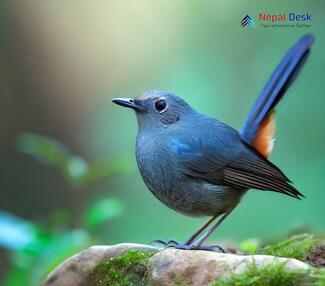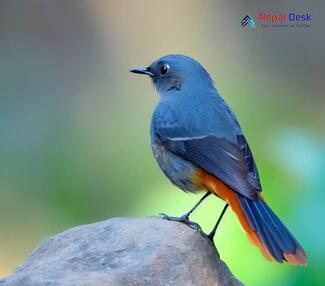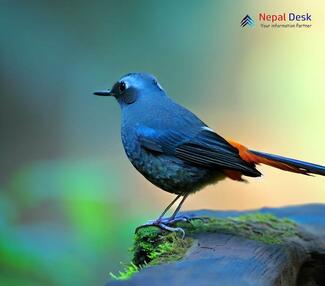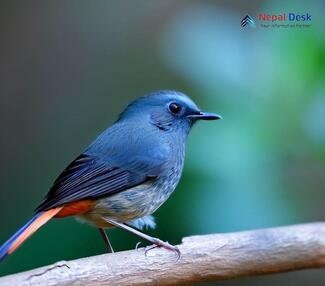The White-bellied Redstart (Luscinia phaenicuroides) is a captivating and unique bird species that has captured the hearts of bird enthusiasts around the world. This small, colorful songbird boasts an enchanting appearance, with a bright blue upper body, a striking white belly, and contrasting patches of chestnut red on its tail. Native to parts of Asia, including Nepal, this fascinating bird inhabits forested regions where it can be found flitting through the undergrowth and shrubs.
In this article, we'll explore everything you need to know about the White-bellied Redstart and its captivating presence in Nepal.
Habitat and Distribution
The preferred habitat of the White-bellied Redstart includes the understory and ground cover of montane forests throughout various parts of Asia. Its range covers countries like Afghanistan, Bhutan, China, India, Myanmar, Nepal, Pakistan, and Vietnam. In Nepal specifically, you can find these remarkable birds in subtropical or tropical moist montane forests at elevations ranging from 2000 to 3000 meters above sea level.
Physical Characteristics
The White-bellied Redstart is a small passerine bird that measures around 13-15 centimeters in length and weighs approximately 19 grams. Males exhibit an eye-catching mix of colors with a brilliant blue head and back, merging into a white breast and underbelly. They also have distinctive chestnut red patches on their tail feathers.
On the other hand, females are more subdued in appearance with a predominantly dark greyish-blue plumage tinged with brown spots. They may have some lighter shades of blue on their wings but lack the impressive contrast seen in their male counterparts.
Feeding Habits
The diet of the White-bellied Redstart mainly consists of insects like beetles, ants, wasps, caterpillars, flies, and spiders, which they forage for by carefully hopping and peering through the forest foliage. They're known to be very active and agile hunters, using their keen sense of observation in locating and capturing prey items both on the ground and among lower vegetation.
Breeding and Nesting
White-bellied Redstarts display a monogamous breeding habit. The mating season typically occurs between April and July. Males exhibit a unique courtship display in which they fan out their tails, revealing the beautiful red feathers underneath.
The nest is usually constructed by the female using materials such as moss, lichen, leaves, and plant fibers. It is then lined with soft materials like feathers or fur to ensure a warm and cozy environment for the eggs. White-bellied Redstart nests are typically concealed within vegetation several meters off the ground.
Conservation Status
Currently, the White-bellied Redstart is categorized as "Least Concern" by the International Union for Conservation of Nature (IUCN). This status is due to its relatively large distribution range and population size. However, habitat destruction remains a major threat to this species, particularly in more vulnerable areas where human activities such as deforestation continue to affect their natural environment.
In Conclusion
The White-bellied Redstart is undoubtedly an enthralling bird species that add charm to Nepal's diverse birdlife. A chance encounter with this beautiful avian gem while exploring Nepal's montane forests will leave you with unforgettable memories. By understanding more about their habits, distribution, and conservation status, we can all play a part in safeguarding these dazzling creatures for future generations to appreciate.




